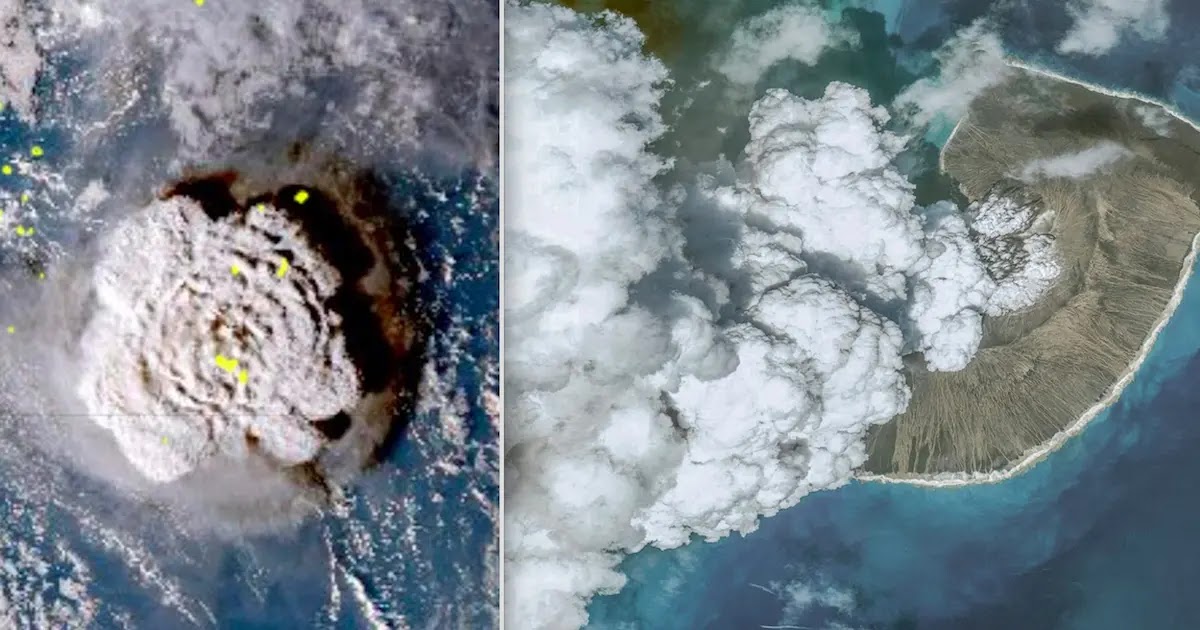
According to recent reports by NASA, the volcanic eruption that occured on the 15th of January in the South Pacific Kingdom of Tonga had more explosive force than 100 simultaneous Hiroshima bombs.
A combination of satellite and surface-based surveys has allowed scientists to measure the explosive force of the volcano according to the amount of rock that was removed from the island after the blast as well as the height of the eruption cloud among other factors.
Jim Garvin, chief scientist at NASA's Goddard Space Flight Center, told NASA's Earth Observatory blog:
"This is a preliminary estimate, but we think the amount of energy released by the eruption was equivalent to somewhere between 4 to 18 megatons of TNT."
That effectively means that the eruption was hundreds of times more explosive than the atomic bomb dropped on Hiroshima, Japan by the United States in 1945. The bomb is estimated to have exploded with 15 kilotons of energy.
In addition, the explosion in Tonga accounts for the most violent volcanic eruption that has taken place on Earth in over 30 years, since that of Mount Pinatubo in 1991.
Garvin noted:
"Some of my colleagues in volcanology think this type of event deserves its own designation. For now, we're unofficially calling it an 'ultra Surtseyan' eruption."
[Based on reporting by: science alert]














COMMENTS